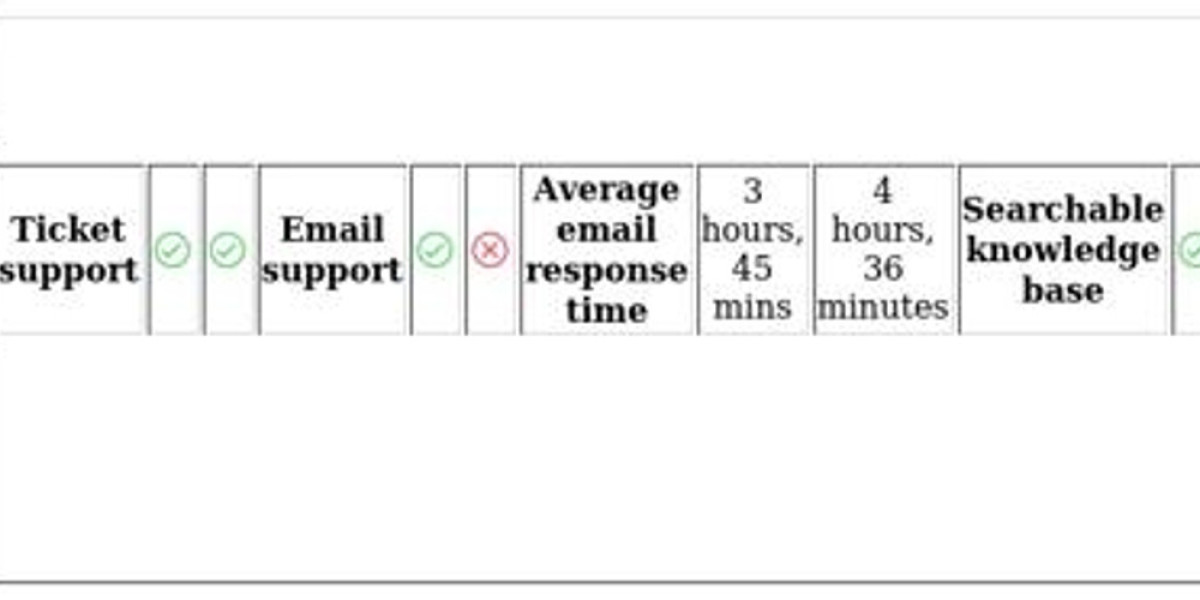The Submarine Sensors Market Share is witnessing significant growth, driven by increasing defense expenditures and the strategic deployment of advanced submarine technologies. As naval forces across the globe continue to prioritize underwater surveillance and combat capabilities, the demand for sophisticated submarine sensors is on the rise.
Submarine sensors play a pivotal role in detecting underwater threats, navigation, and communication. The market’s expansion is closely linked to innovations in sonar systems, magnetic sensors, and other underwater detection technologies. With countries focusing on modernizing their naval fleets, the market share of submarine sensors is expected to see substantial growth in the upcoming years.
Key Drivers of the Submarine Sensors Market
Defense Modernization Programs: Modern navies are investing heavily in advanced submarines equipped with cutting-edge sensor technologies to enhance national security and maritime intelligence.
Technological Advancements: Innovations in acoustic, optical, and electronic sensors have significantly improved detection accuracy and reliability.
Rising Demand for Surveillance: Increasing underwater security threats and maritime disputes are boosting the adoption of submarine sensors globally.
Regional Insights
The market shows significant potential in North America and Europe, with countries like the United States, Canada, and Germany leading defense spending. Asia-Pacific is also emerging as a high-growth region due to increasing naval modernization programs.
Related Markets Driving Growth
The growth of the Active Electronic Components Market complements the submarine sensors market, as advanced electronic components are integral to sensor functionality. Additionally, the Canada Fiber Optic Sensor Market plays a critical role in enhancing data transmission capabilities for underwater operations.
Market Challenges
Despite growth opportunities, the submarine sensors market faces challenges such as high development costs, maintenance complexities, and technological vulnerabilities to cyber and electronic warfare. Manufacturers are focusing on research and development to overcome these barriers and deliver highly efficient solutions.
Future Outlook
With increasing defense budgets, technological integration, and strategic investments, the submarine sensors market is poised for robust expansion. Enhanced accuracy, longer detection ranges, and integration with AI and machine learning for predictive analytics are expected to shape the future of this industry.
FAQs
Q1: What are the primary applications of submarine sensors?
A1: Submarine sensors are mainly used for threat detection, navigation, communication, and underwater surveillance in both military and scientific applications.
Q2: Which regions dominate the submarine sensors market?
A2: North America and Europe currently lead the market due to significant defense budgets, while Asia-Pacific is emerging as a rapidly growing region.
Q3: How do submarine sensors benefit from related markets like electronic components?
A3: Advanced electronic components enhance sensor accuracy, reliability, and integration with communication and control systems, improving overall submarine operational efficiency.







